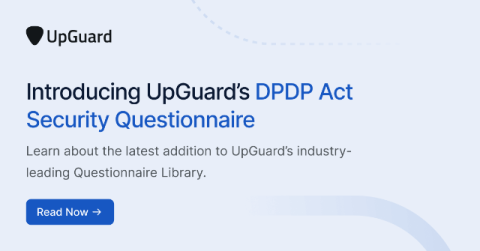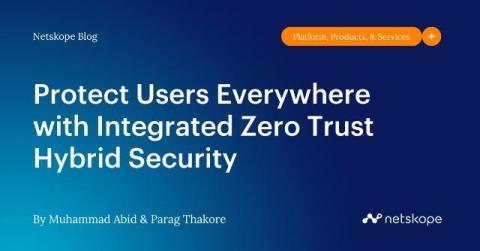Data Security Posture Management (DSPM) Solution | DSPM vs. CSPM
What is DSPM? Data Security Posture Management, or DSPM refers to the practice of assessing and managing an organization’s overall data security posture. It involves monitoring, evaluating, and continuously improving the effectiveness of data security controls and measures in place to protect sensitive information. What is Data Security Posture Management? It provides a holistic view of an organization’s data security status and helps identify vulnerabilities, gaps, and areas for improvement.











